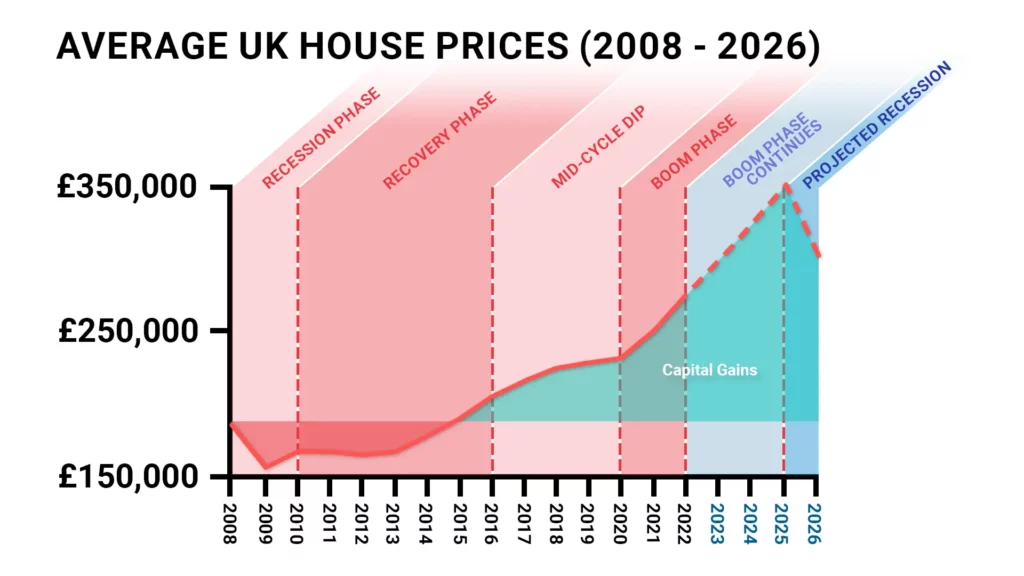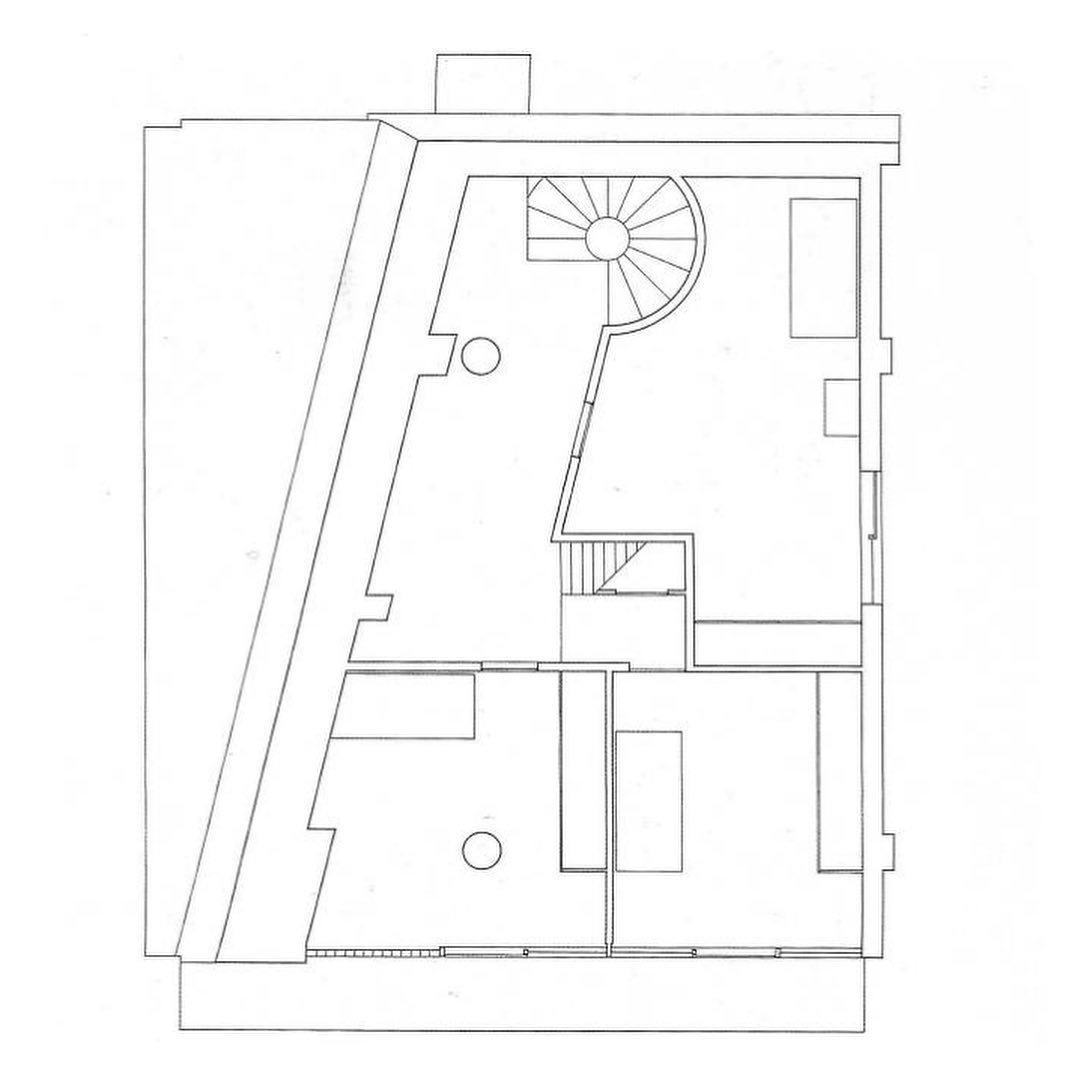Understanding UK House Voltage: A Comprehensive Guide
Ever wondered what powers your home in the UK? Well, let me break it down for you, mate. UK house voltage is a crucial aspect of your daily life, even if you don’t think about it much. Whether you’re charging your phone or running your washing machine, understanding how electricity flows through your house can save you from potential headaches. So, buckle up, because we’re diving deep into the world of volts, amps, and everything in between.
Living in the UK, you’ve probably noticed that your gadgets and appliances seem to work just fine without much hassle. But have you ever stopped to think why that is? It’s all thanks to the consistent and regulated voltage supplied to your home. This article isn’t just about numbers and technical jargon; it’s about empowering you with knowledge to make informed decisions about your energy usage.
From the basics of voltage to troubleshooting common issues, this guide will cover everything you need to know about UK house voltage. Whether you’re a homeowner, a student, or just curious about how electricity works, you’ll find something valuable here. Let’s get started, shall we?
Read also:Hungry Temporary Replacement The Ultimate Guide To Understanding And Solving The Puzzle
What is UK House Voltage?
First things first, let’s talk about what exactly we mean by UK house voltage. In simple terms, it’s the electrical power supplied to your home, measured in volts. The standard voltage in the UK is 230V, give or take a few volts, depending on various factors. This might seem like a random number, but trust me, there’s a method to the madness.
So, why 230V? Well, it’s all about efficiency and safety. The UK’s voltage standard is designed to provide enough power for your appliances while keeping the risk of electrical hazards to a minimum. It’s like finding the sweet spot between power and safety, and the UK has nailed it.
How Does UK House Voltage Compare Globally?
Now, here’s where it gets interesting. If you’ve ever traveled abroad, you might have noticed that not all countries use the same voltage as the UK. For instance, the US operates on 110V-120V, which is significantly lower than the UK’s 230V. So, what’s the deal with that?
The difference in voltage standards comes down to history and infrastructure. When electricity was first introduced, different countries adopted different standards based on what made sense at the time. The UK chose a higher voltage to reduce energy loss over long distances, which is why it’s still used today.
Why Does Voltage Matter?
Voltage matters because it directly affects how your appliances function. If you plug a device designed for 110V into a 230V outlet, chances are it’s going to fry. Conversely, plugging a 230V device into a 110V outlet might not provide enough power for it to work properly. It’s like trying to fit a square peg into a round hole – it just doesn’t work.
So, if you’re planning a trip abroad or moving to the UK from another country, make sure you have the right adapters and transformers. Trust me, your gadgets will thank you for it.
Read also:Gorecentre The Ultimate Hub For Gaming Enthusiasts
Understanding Electrical Safety in UK Homes
Now that we’ve covered the basics, let’s talk about safety. Electricity is powerful stuff, and while it makes our lives easier, it can also be dangerous if not handled properly. The UK has some of the strictest electrical safety regulations in the world, and for good reason.
One of the key aspects of electrical safety is ensuring that your home’s wiring is up to code. This means using the right cables, outlets, and switches that are designed to handle the voltage supplied to your home. It’s also important to have a residual current device (RCD) installed, which can cut off power in case of a fault, preventing accidents.
Common Electrical Hazards
Let’s take a look at some of the most common electrical hazards in UK homes:
- Overloading sockets: Plugging too many devices into one socket can cause overheating and even fires.
- Worn-out cables: Frayed or damaged cables can expose live wires, leading to shocks or short circuits.
- Water and electricity: Mixing the two is a recipe for disaster. Always keep electrical appliances away from water sources.
By being aware of these hazards and taking steps to prevent them, you can ensure that your home remains safe and secure.
The Role of Smart Meters in Monitoring UK House Voltage
In recent years, smart meters have become a popular tool for monitoring electricity usage in UK homes. These nifty devices not only help you keep track of your energy consumption but also provide insights into the voltage supplied to your home.
With a smart meter, you can see in real-time how much electricity you’re using and identify any potential issues with your voltage. For example, if you notice fluctuations in voltage, it could indicate a problem with your wiring or the supply from your energy provider.
Benefits of Using Smart Meters
Here are some of the benefits of using smart meters in your home:
- Accurate billing: Smart meters ensure that you’re only paying for the electricity you actually use.
- Energy efficiency: By monitoring your usage, you can identify areas where you can save energy and reduce your bills.
- Peace of mind: Knowing that your voltage is stable and consistent gives you peace of mind that your appliances are safe.
So, if you haven’t already, consider getting a smart meter installed. It’s a small investment that can pay off big time in the long run.
Troubleshooting Voltage Issues in Your Home
Even with all the safety measures in place, voltage issues can still occur. Whether it’s a sudden drop in power or a persistent humming noise from your appliances, these problems can be frustrating and even dangerous if left unchecked.
If you’re experiencing voltage issues in your home, here are a few steps you can take:
- Check your fuse box: Sometimes, the issue might be as simple as a blown fuse or tripped breaker.
- Contact your energy provider: If the problem persists, it might be worth contacting your energy provider to see if there’s an issue with the supply.
- Hire a qualified electrician: If you’re unsure about the cause of the problem, it’s always best to call in a professional. Safety first, folks!
Signs of Voltage Problems
Here are some signs that you might be experiencing voltage issues:
- Flickering lights: If your lights are flickering or dimming, it could indicate a problem with your voltage.
- Appliances not working properly: If your appliances are running slower than usual or making strange noises, it might be due to voltage fluctuations.
- Unusual smells: If you notice a burning smell coming from your outlets or appliances, turn off the power immediately and call an electrician.
By being vigilant and addressing issues early, you can prevent them from becoming bigger problems down the line.
Future Trends in UK House Voltage
As technology continues to evolve, so too does the way we generate and consume electricity. In the UK, there’s a growing focus on renewable energy sources like solar and wind power, which are changing the landscape of house voltage.
With the rise of smart grids and energy storage systems, homeowners are gaining more control over their electricity supply. This means that in the future, you might be able to generate your own electricity and even sell it back to the grid, reducing your reliance on traditional power sources.
The Impact of Renewable Energy
Renewable energy is not only good for the environment but also for your wallet. By generating your own electricity, you can reduce your bills and even earn money by selling excess power back to the grid. It’s a win-win situation.
So, if you’re thinking about installing solar panels or a wind turbine, now might be the time to do it. With government incentives and falling costs, it’s becoming more accessible than ever.
Conclusion
Understanding UK house voltage is more than just knowing a number. It’s about ensuring that your home is safe, efficient, and future-proof. From the basics of voltage to troubleshooting common issues, this guide has covered everything you need to know to make informed decisions about your energy usage.
So, whether you’re a homeowner, a student, or just curious about how electricity works, I hope you’ve found this article helpful. Remember, knowledge is power (pun intended), and the more you know, the better equipped you are to handle any electrical challenges that come your way.
Now, it’s your turn. Leave a comment below and let me know what you think. Do you have any questions or tips to share? And don’t forget to share this article with your friends and family. Together, let’s spread the word about UK house voltage!
Table of Contents
- Understanding UK House Voltage: A Comprehensive Guide
- What is UK House Voltage?
- How Does UK House Voltage Compare Globally?
- Understanding Electrical Safety in UK Homes
- The Role of Smart Meters in Monitoring UK House Voltage
- Troubleshooting Voltage Issues in Your Home
- Future Trends in UK House Voltage
- Conclusion


